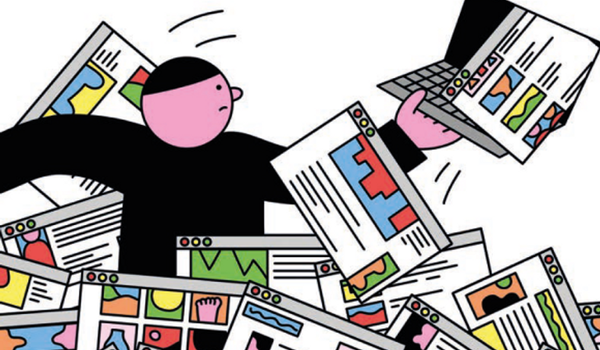Dealing with Copycats

In the business world, dealing with copycats can be one of the most frustrating challenges. Many might disagree with my perspective, but the truth is that imitation is inevitable in human society. This idea isn’t new; it comes from Gabriel Tarde, a pioneer in communication theory. Tarde believed that imitation is essential for cultural transmission. Without it, our traditions and customs wouldn’t survive. The same goes for business.
Germany's early economic development was heavily influenced by imitating the UK, and China’s early internet boom was driven by mimicking American companies. In today's mobile internet era, many American firms are now copying Chinese innovations. Take TikTok for example; it's a Chinese creation that U.S. giants are now scrambling to emulate.
When a company launches a new product design, it's not uncommon for a flood of copycat versions to appear almost immediately. While this can be infuriating for the original creator, it's also somewhat unavoidable.
If you believe your design is unique and feel outraged by imitators, consider this: are flavor profiles, marketing copy, product shapes, or manufacturing techniques forms of imitation too? Look at your own business—can you honestly say that every aspect is completely original and free from influence by others?
Take popular products like Heytea’s cheese tea, Chun Shui Tang’s bubble tea, Luckin Coffee’s coconut latte, Tastin’s Chinese burgers, and Jiao’ai’s Sichuan pepper boiled fish—these have all been copied. So, is it any less “shameless” to borrow another company’s original flavor profile?
Consider Toyota’s TPS (Toyota Production System)—if you learn from it, is that copying? What about Wallace’s partner franchise model? And what about business practices like live-streaming styles, packaging designs, short video scripts, private domain strategies, or customer service scripts? If these were pioneered by someone else, does adopting them count as copying?
Our practical strategy should be twofold: learn quickly from others, and make it harder for others to replicate what we do.
Take Dyson, for example. They protect their innovations with a combination of industrial design and technical patents to maintain their competitive edge.
Lastly, let me share a story. I recently met Lao Fan from Gaozhang Capital. He started sharing daily updates in his reader group, but with a twist—he uses images with QR codes. When he showed me, I told him this was just the law of imitation in action. I even changed the name of my podcast from “Xiaomasong” to “Xiaomasong Business Insights” after learning from “Lao Fan Talks Entrepreneurship.” We’re all just learning from each other.



